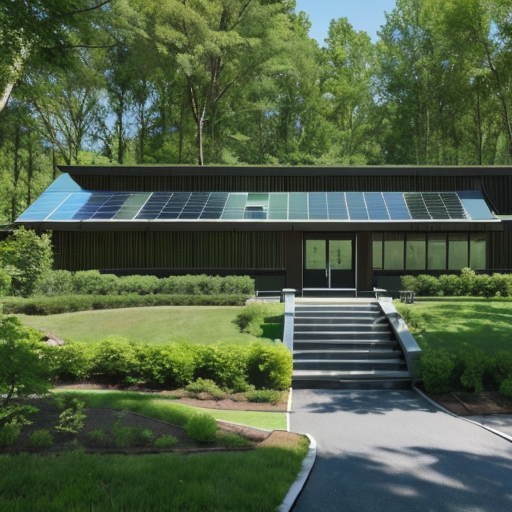The landscape of facility management is witnessing a significant transformation with advancements in energy management and the integration of sustainable power solutions. As global awareness of environmental sustainability grows, facility managers are embracing innovative technologies and practices to reduce energy consumption and minimize their carbon footprint.
Smart Systems Revolutionizing Energy Management
A key area of focus in modern energy management is the use of smart, automated systems. These systems allow for real-time monitoring and control of energy usage, enabling facility managers to optimize consumption patterns. Features like programmable thermostats, automated lighting controls, and occupancy sensors can significantly reduce energy waste by adjusting settings based on usage and occupancy levels.

A Vital Pillar in Sustainable Facilities
Renewable energy sources are becoming increasingly vital in facility management. Solar panels, wind turbines, and geothermal systems are being integrated into facilities to harness natural energy, reducing reliance on fossil fuels and contributing to a greener environment. The initial investment in these technologies is often offset by long-term savings in energy costs and the growing availability of government incentives for renewable energy projects.
Energy Storage Solutions: Balancing Supply and Demand
Another innovative approach in energy management is the implementation of energy storage solutions. Battery storage systems can store excess energy generated during peak production times (like midday for solar energy) and release it when needed, ensuring a consistent energy supply and reducing the strain on the electrical grid.
Improving Energy Efficiency
Facility managers are also focusing on enhancing building envelopes – the physical separators between the interior and exterior of a building. Upgrading insulation, windows, and roofing materials can improve a building’s energy efficiency by reducing heat loss in winter and heat gain in summer.
Green Building Certifications: Setting Standards for Sustainability
In addition to these technological advancements, there is a growing trend towards green building certifications, like LEED (Leadership in Energy and Environmental Design), which set benchmarks for energy efficiency and sustainability. Achieving such certifications not only demonstrates a commitment to environmental stewardship but can also enhance a facility’s market value and appeal.

Moreover, educating and engaging building occupants in energy-saving practices is crucial. Simple actions like turning off lights and equipment when not in use, using natural light, and maintaining optimal thermostat settings can collectively make a significant impact on a facility’s energy footprint.
Conclusion
In conclusion, the advancements in energy management and sustainable power solutions are reshaping facility management. By adopting these technologies and practices, facilities can not only achieve substantial energy and cost savings but also play a crucial role in the global movement towards environmental sustainability.







